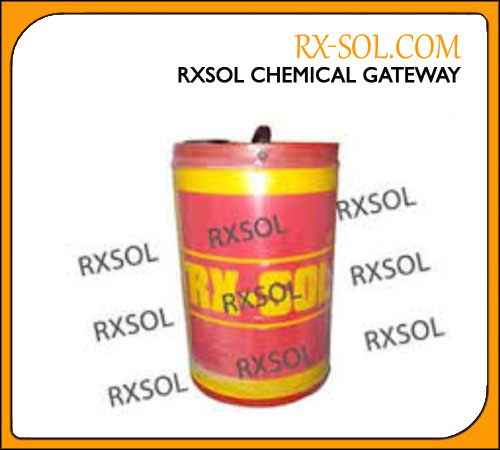Your shopping cart is empty.
Categories: Test Kit For Water-62
Images: 

Product Short Description: Acid Base INDICATOR
Product Description:
There are many common household products and garden plants that can be used as pH indicators. Most plants contain pH sensitive anthocyanins, so experiment with other plants, too.
Plants
•Beets
A very basic solution will change the color of beets or beet juice from red to purple.
•'Black' Berries
Blackberries, black currants, and black raspberries change from red in an acidic environment to blue or violet in a basic environment.
•Blueberries
Blueberries are blue around pH 2.8-3.2, but turn red as the solution becomes even more acidic.
•Carrots / Cherries
Cherries and their juice are red in an acidic solution, but turn blue to purple in a basic solution.
•Curry Powder
Curry contains the pigment curcumin, which changes from yellow at pH 7.4 to red at pH 8.6.
•Delphinium Petals
The anthocyanin delphinin changes from bluish-red in an acidic solution to violet blue in a basic solution.
•Geranium Petals
Geraniums contain the anthocyanin pelargonin, which changes from orange-red in an acidic solution to blue in a basic solution.
•Grapes
Red and purple grapes contain multiple anthocyanins. Blue grapes contain a monoglucoside of malvinidin which changes from deep red in an acidic solution to violet in a basic solution.
•Horse Chestnut Leaves
Soak horse chestnut leaves in alcohol to extract the fluorescent dye esculin. Esculin is colorless at pH 1.5 but becomes fluorescent blue at pH 2. Get the best effect by shining a black light on the indicator.
•Morning Glories
Morning glories contain a pigment named 'heavenly blue anthocyanin' which changes from purplish-red at pH 6.6 to blue at pH 7.7.
•Onion
Onions are olfactory indicators. You don't smell onions in strongly basic solutions. Red onion also changes from pale red in an acidic solution to green in a basic solution.
•Pansy Petals
•Petunia Petals
The anthocyanin petunin changes from reddish-purple in an acidic solution to violet in a basic solution.
•Poison Primrose
Primula sinensis has orange or blue flowers. The orange flowers contain a mixture of pelargonins (see Geranium). The blue flowers contain malvin, which turns from red to purple as a solution goes from acidic to basic.
•Poppy Petals
•Purple Peonies
Peonin changes from reddish-purple or magenta in an acidic solution to deep purple in basic solution.
•Red (Purple) Cabbage
Red cabbage contains a mixture of pigments used to indicate a wide pH range.
•Red Radish
•Rhubarb
•Rose Petals
The oxonium salt of cyanin turns from red to blue in basic solution.
•Strawberries
•Tea
•Thyme Extract in Alcohol
•Turmeric
This spice contains a yellow pigment, curcumin, which changes from yellow at pH 7.4 to red at pH 8.6.
•Tulip Petals
•Violet Petals
Household Chemicals
•Baking Soda (NaHCO3)
Baking soda will fizz when added to an acidic solution (such as vinegar), but will not fizz in an alkaline solution. The reaction doesn't readily reverse itself, so baking soda can be used to test a solution, but can't be 'reused'. The reaction is:
HCO3-(aq) + H+(aq) = H2O(l) + CO2(g)
•Colorchange Lipstick
You'll need to test your colorchange lipstick to determine its pH range, but most cosmetics that change color respond to changes in pH (different from cosmetics that change color according to angle of light).
•ExLax Tablets
The tablets contain contain phenolphthalein, which is a pH indicator that is colorless in solutions more acidic than pH 8.3 and pink to deep red at solutions more basic than pH 9.
•Vanilla Extract
Vanilla extract is an olfactory indicator. You can't smell the characteristic scent at high pH (alkaline solution) because the molecule is in its ionic form.
•Washing Soda
As with baking soda, washing soda fizzes in an acidic solution but not in a basic solution.
